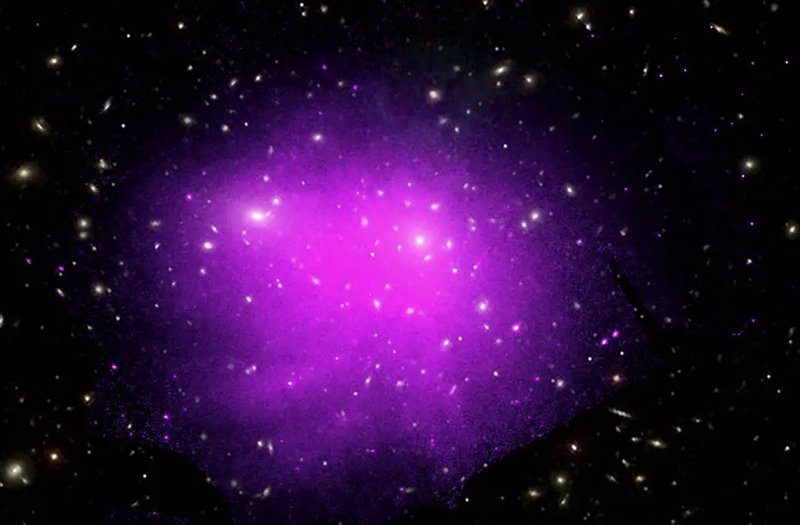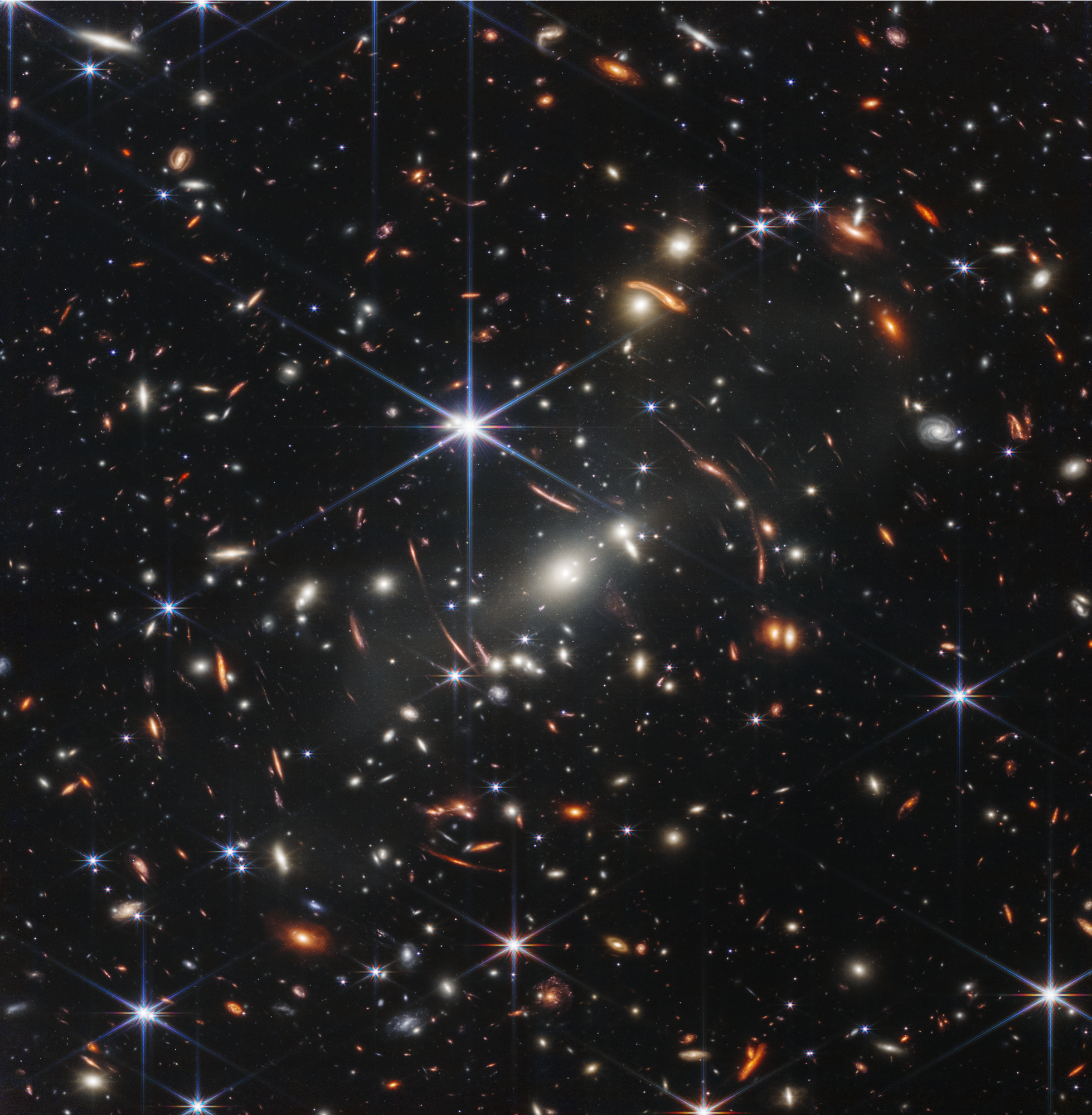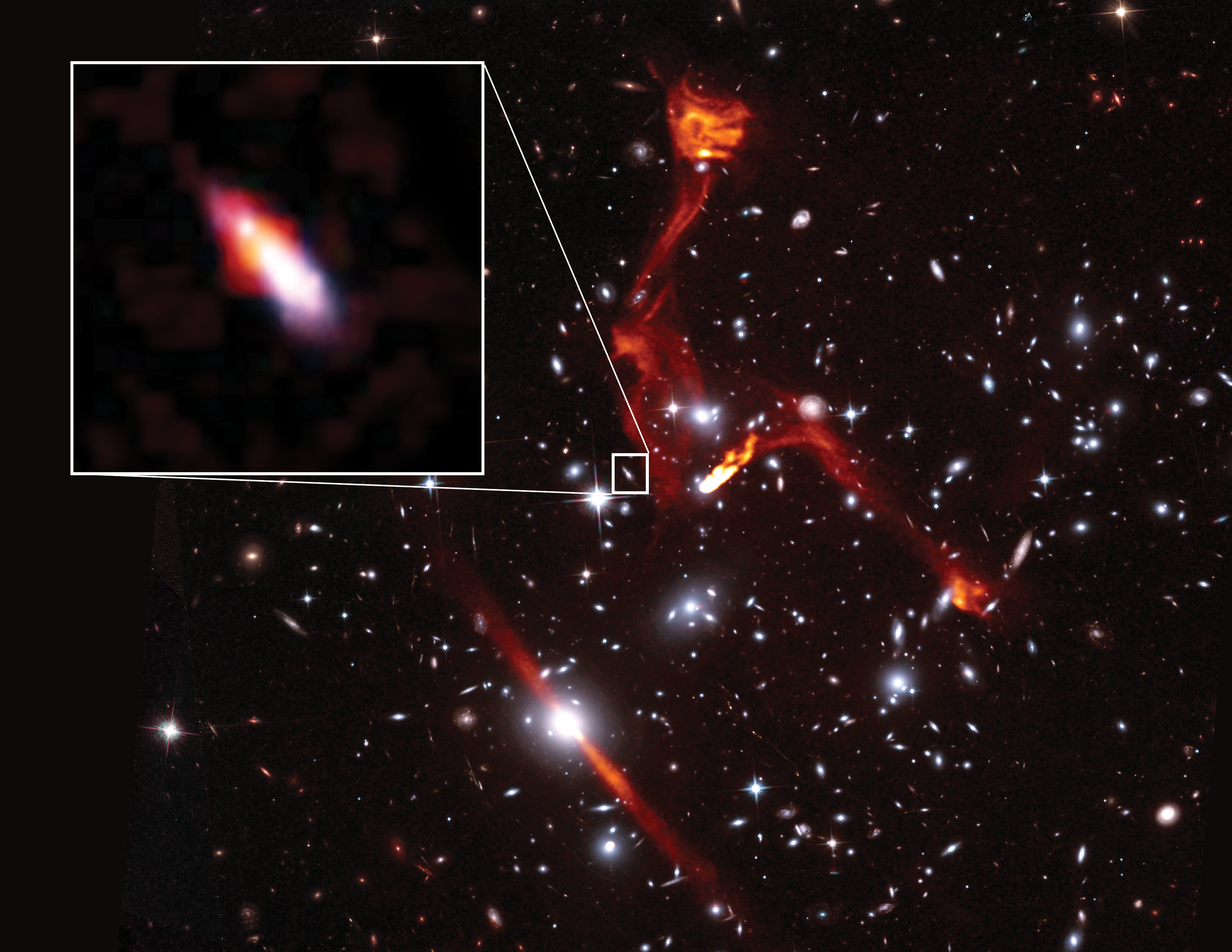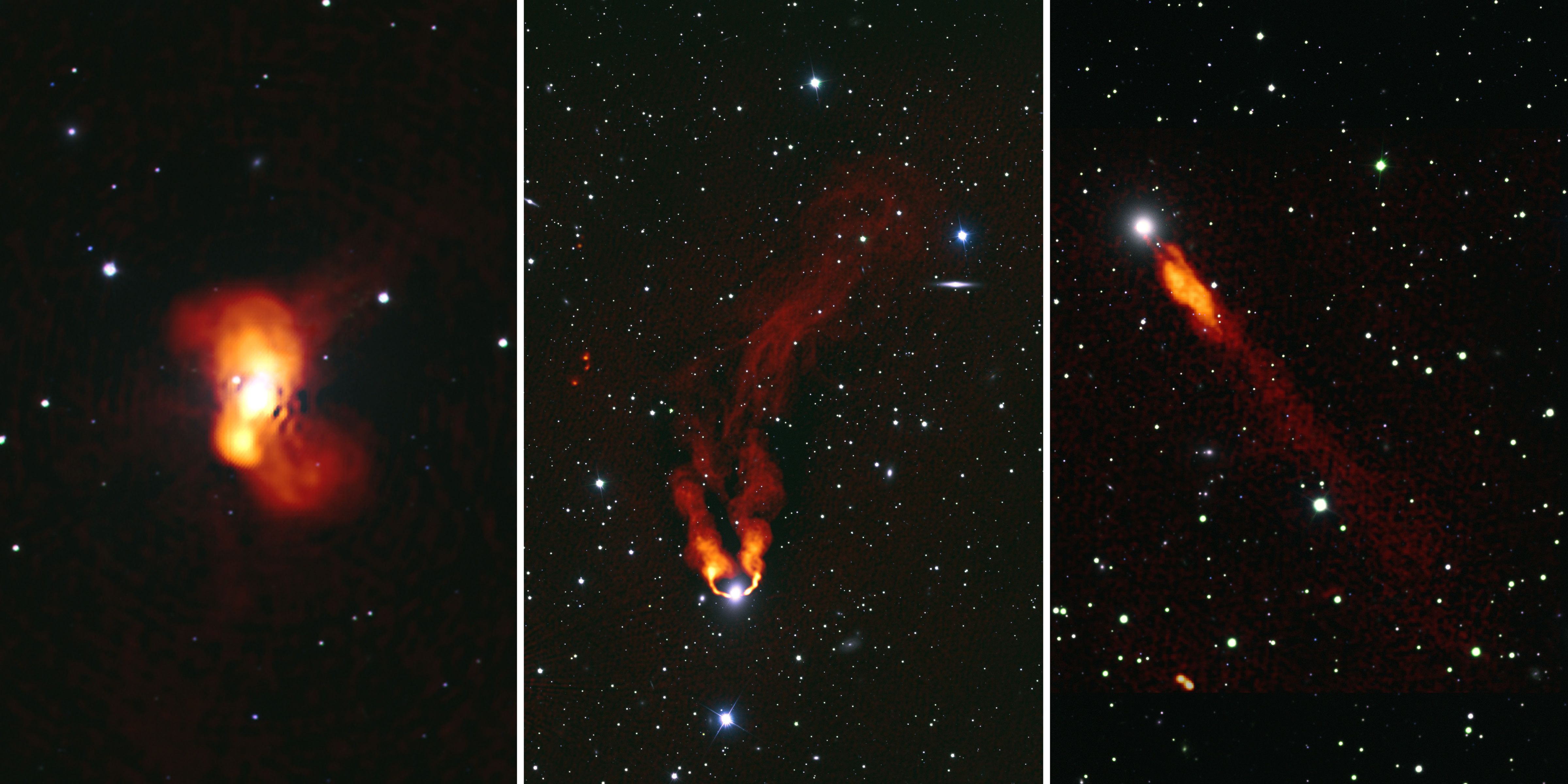100 billion – there are at least that many stars in our Milky Way. It seems like an unimaginable number. Yet astrophysicists study structures in our universe that are far bigger than galaxies alone.

news, journals and articles from all over the world.

100 billion – there are at least that many stars in our Milky Way. It seems like an unimaginable number. Yet astrophysicists study structures in our universe that are far bigger than galaxies alone.
A University of Minnesota Twin Cities-led team used a first-of-its-kind technique to measure the expansion rate of the Universe, providing insight that could help more accurately determine the Universe’s age and help physicists and astronomers better understand the cosmos.
These are Hubble Space Telescope images of two massive clusters of galaxies. The artificially added blue color is translated from Hubble data that captured a phenomenon called intracluster light. This extremely faint glow traces a smooth distribution of light from wandering stars scattered across the cluster. Billions of years ago, the stars were shed from their parent galaxies and now drift through intergalactic space alone.

A flurry of bright white galaxies is stirring up this scene – captured in high resolution by NASA’s James Webb Space Telescope. Known as galaxy cluster SMACS 0723, the group of galaxies is also bending and warping the light from more distant galaxies behind them, stretching and repeating their appearances. Webb’s near- and mid-infrared imaging – and highly detailed data known as spectra – will allow future researchers to finely catalog the precise compositions of galaxies in the early universe, which may ultimately reshape our understanding of how galaxies changed and evolved over billions of years.
In this image, a remote galaxy is greatly magnified and distorted by the effects of gravitationally warped space. After its public release, astronomers used the picture to measure the galaxy’s distance of 9.4 billion light-years. This places the galaxy at the peak epoch of star formation in cosmic evolution.
Hubble astronomers are predicting that the fading light from a distant supernova will be rebroadcast in 16 years. This future appearance will be the fourth known view of the same exploded star, dubbed Supernova Requiem.

Astronomers using the VLA took advantage of the gravitational lensing provided by a distant cluster of galaxies to detect an even more-distant galaxy that probably is the faintest radio-emitting object ever found.

New VLA images show how the crowded environment of a cluster of galaxies affects the individual galaxies, helping astronomers better understand some of the complex details of such an environment.

Astronomers using Hubble and the VLT have found that something may be missing from the theories of how dark matter behaves. This missing ingredient may explain why they have uncovered an unexpected discrepancy between observations of the dark matter concentrations in a sample of massive galaxy clusters and theoretical computer simulations of how dark matter should be distributed in clusters. The new findings indicate that small-scale concentrations of dark matter produce lensing effects that are 10 times stronger than expected.